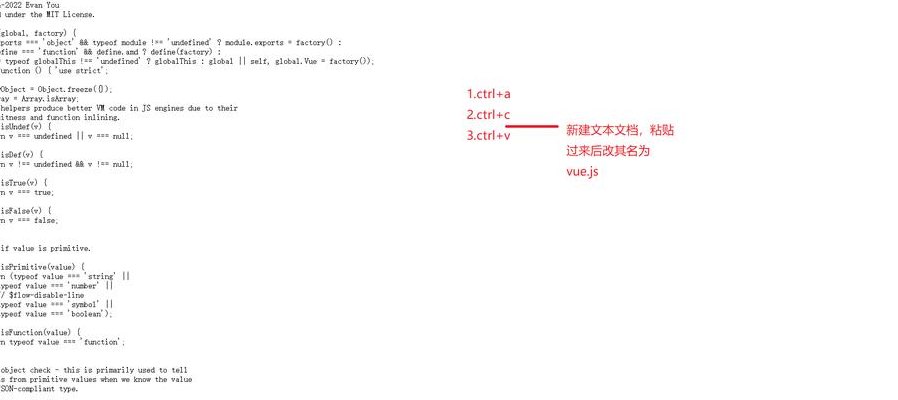本文主要介绍了Vue.js实现下载时暂停恢复下载,通过使用XMLHttpRequest对象来控制下载过程,文中通过示例代码介绍的非常详细,需要的朋友们下面随着小编来一起学习学习吧
目录
实现步骤详细代码代码注释使用说明在 Vue 中实现下载时暂停和恢复功能,通常可以借助XMLHttpRequest对象来控制下载过程。XMLHttpRequest允许在下载过程中暂停和继续请求。
实现步骤
创建 Vue 组件:创建一个 Vue 组件,包含下载、暂停和恢复按钮。初始化XMLHttpRequest对象:在组件中初始化一个XMLHttpRequest对象,用于处理下载请求。实现下载功能:通过XMLHttpRequest发起下载请求,并监听下载进度。实现暂停功能:暂停XMLHttpRequest请求。实现恢复功能:恢复XMLHttpRequest请求。详细代码
<template> <div> <!-- 下载按钮,点击触发 downloadFile 方法 --> <button @click="downloadFile">下载</button> <!-- 暂停按钮,点击触发 pauseDownload 方法 --> <button @click="pauseDownload" :disabled="!isDownloading || isPaused">暂停</button> <!-- 恢复按钮,点击触发 resumeDownload 方法 --> <button @click="resumeDownload" :disabled="!isPaused">恢复</button> <!-- 显示下载进度 --> <p>下载进度: {{ progress }}%</p> </div></template><script>export default { data() { return { xhr: null, // 存储 XMLHttpRequest 对象 isDownloading: false, // 标记是否正在下载 isPaused: false, // 标记是否暂停下载 progress: 0, // 下载进度百分比 url: 'https://example.com/file.zip', // 下载文件的 URL,需要替换为实际的文件 URL resumeOffset: 0 // 恢复下载时的偏移量 }; }, methods: { downloadFile() { // 创建一个新的 XMLHttpRequest 对象 this.xhr = new XMLHttpRequest(); // 打开一个 GET 请求,设置响应类型为 blob this.xhr.open('GET', this.url, true); this.xhr.responseType = 'blob'; // 如果有恢复偏移量,设置请求头的 Range if (this.resumeOffset > 0) { this.xhr.setRequestHeader('Range', `bytes=${this.resumeOffset}-`); } // 监听下载进度事件 this.xhr.addEventListener('progress', (event) => { if (event.lengthComputable) { // 计算下载进度百分比 this.progress = Math.round((this.resumeOffset + event.loaded) / (this.resumeOffset + event.total) * 100); } }); // 监听请求完成事件 this.xhr.addEventListener('load', () => { this.isDownloading = false; this.isPaused = false; this.resumeOffset = 0; // 创建一个临时的 URL 对象 const url = window.URL.createObjectURL(this.xhr.response); // 创建一个 <a> 元素 const a = document.createElement('a'); a.href = url; a.download = 'file.zip'; // 设置下载文件名 // 模拟点击 <a> 元素进行下载 a.click(); // 释放临时 URL 对象 window.URL.revokeObjectURL(url); }); // 监听请求错误事件 this.xhr.addEventListener('error', () => { this.isDownloading = false; this.isPaused = false; console.error('下载出错'); }); // 开始发送请求 this.xhr.send(); this.isDownloading = true; this.isPaused = false; }, pauseDownload() { if (this.isDownloading &&!this.isPaused) { // 暂停下载,终止 XMLHttpRequest 请求 this.xhr.abort(); this.isPaused = true; // 记录当前下载的偏移量 this.resumeOffset += this.xhr.response.byteLength || 0; } }, resumeDownload() { if (this.isPaused) { // 恢复下载,调用 downloadFile 方法 this.downloadFile(); } } }};</script>代码注释
代码中的注释已经详细解释了每一步的作用,以下是一些关键部分的总结:
downloadFile方法:创建XMLHttpRequest对象,发起下载请求,监听下载进度和完成事件,处理下载完成后的文件保存。pauseDownload方法:暂停下载,终止XMLHttpRequest请求,并记录当前下载的偏移量。resumeDownload方法:恢复下载,调用downloadFile方法,并设置请求头的Range以从指定位置继续下载。使用说明
替换文件 URL:将data中的url属性替换为实际要下载的文件的 URL。引入组件:将上述代码保存为一个 Vue 组件(例如DownloadComponent.vue),然后在需要使用的地方引入该组件。<template> <div> <DownloadComponent /> </div></template><script>import DownloadComponent from './DownloadComponent.vue';export default { components: { DownloadComponent }};</script>运行项目:在浏览器中运行 Vue 项目,点击“下载”按钮开始下载文件,点击“暂停”按钮暂停下载,点击“恢复”按钮继续下载。





